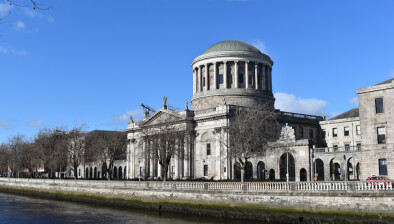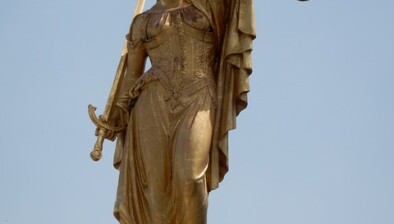Matthew de Courcy: Brehon laws and divorce in Ireland

Matthew de Courcy
KOD Lyons partner Matthew de Courcy looks back at divorce in early Irish law.
The Brehon laws were the legal system of Ireland for over a thousand years, dating back as early as the 1st century AD and continuing in various forms until the 17th century, when they were superseded by English common law.
Named after the Brehons, or judges, who administered them, these laws reflected a tribal, rural, and communal society, with a strong focus on honour, restitution, and social balance, rather than punishment.
Unlike many early legal systems, the Brehon laws were progressive, especially in their treatment of women, property rights, and marriage.
Women in Brehon Ireland had a legal identity and certain rights that were ahead of their time, particularly compared to the rest of Europe during the same period.
Marriage was seen as a contract between two families or individuals, and there were various forms of union recognised, depending on the wealth, status, and consent of the parties involved. These ranged from equal partnerships to arrangements where one partner had fewer legal rights.
Importantly, both men and women could enter and leave marriages, and both retained rights to property brought into the union.
Divorce was legally permitted under Brehon law and could be initiated by either spouse. This was highly unusual for early medieval Europe, where Christian norms strictly prohibited divorce. The Brehon system, by contrast, recognised the practical need for ending marriages that were no longer functional.
There were several valid reasons for divorce, including infidelity, cruelty or abuse and abandonment.
When a divorce occurred, property and children were typically adjudicated on based on the original terms of the marriage. If both partners contributed equally, the property would often be split evenly. If one party was at fault (e.g. through abuse or adultery), they might lose some or all rights to shared property. Women had the right to take back their dowry and personal possessions, and in some cases, could also claim spousal maintenance.
Custody of children was generally based on age and gender. Young children typically stayed with the mother, while older boys might live with the father or another male relative. Extended families played an important role in child-rearing, lessening the impact of divorce.
The Brehon laws began to decline after the Norman invasion in the 12th century and were officially outlawed in the 17th century by English authorities.
The imposition of English common law thereafter impacted Ireland’s legal position on divorce, however it remained legal in the country.
Divorce was prohibited in Ireland between the formation of the state as provided for in Bunreacht na hÉireann, until the fifth amendment of the constitution which removed the prohibition on divorce and allowed for the dissolution of marriage with enactment of the Family Law (Divorce) Act, 1996.
![]()
- Matthew de Courcy is a partner at KOD Lyons.







